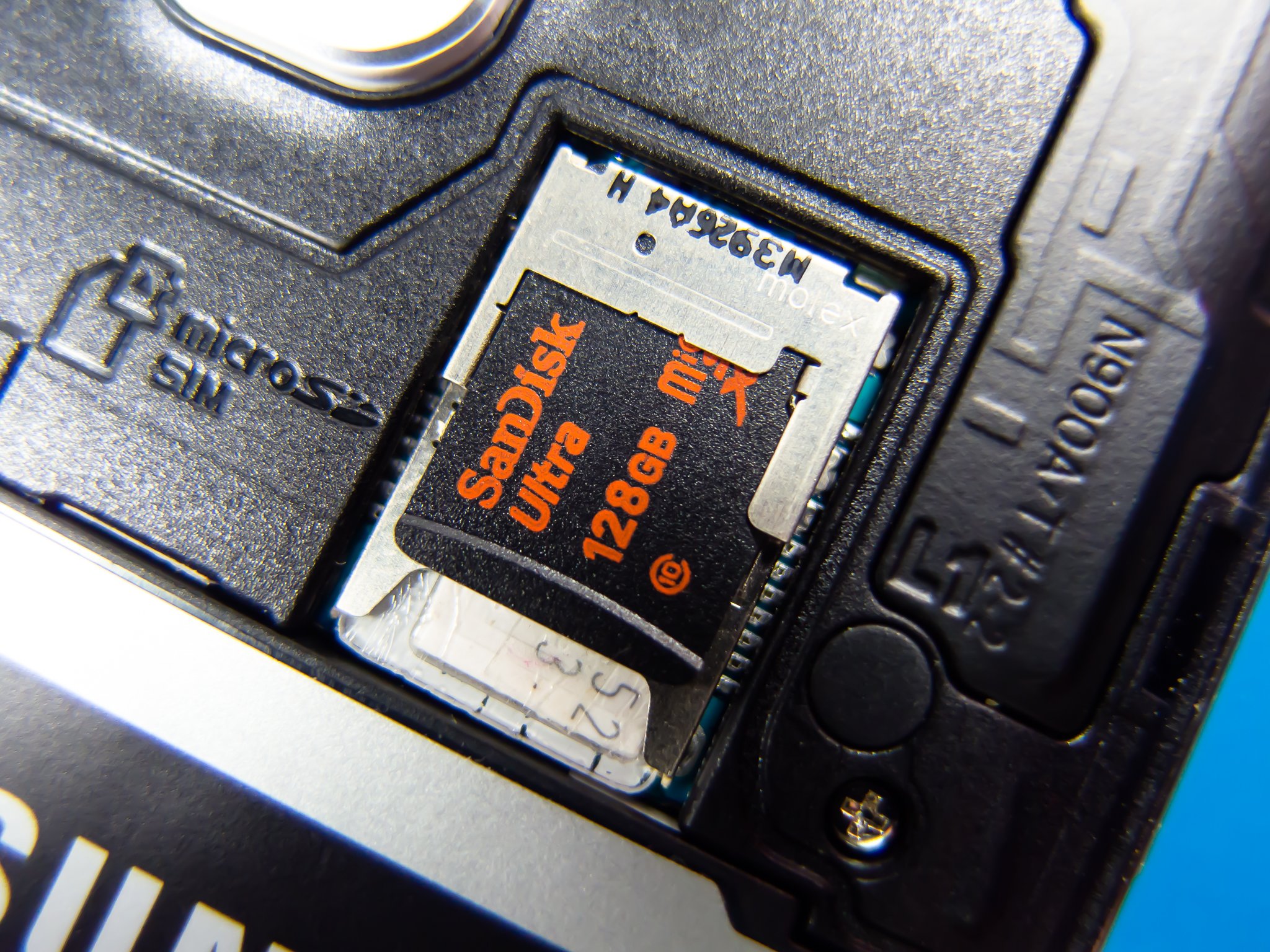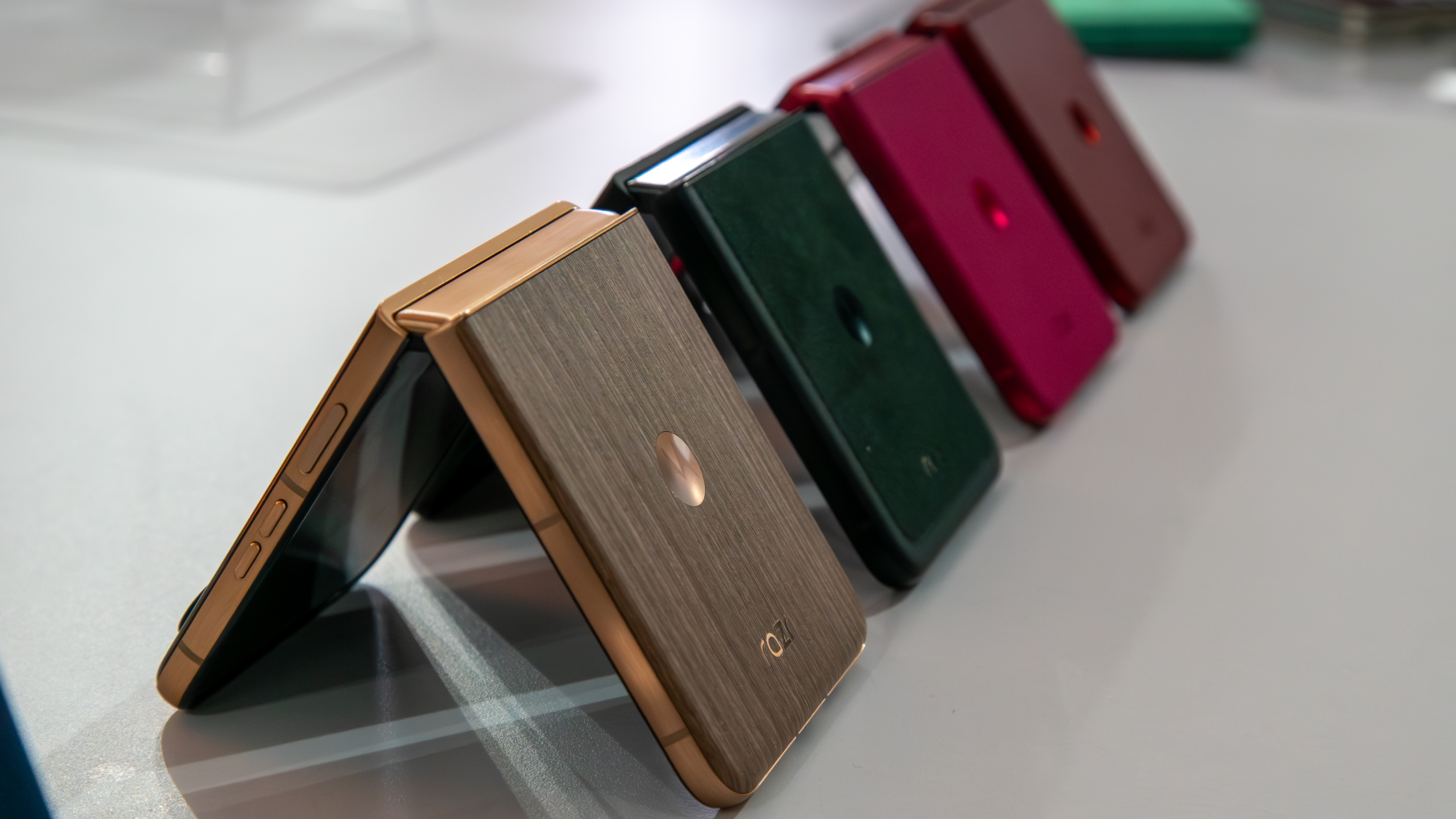Android and SD cards: The Ultimate Guide

Android has supported SD cards since the G1 started it all. The overall idea is simple enough — slap an SD card in your phone and expand the storage so you have room for more stuff. While this is mostly the case, there are a few things to know about, especially before you go out and buy one.
We've rounded up everything you need to know about buying and using an SD card with your Android to try and make everything as simple as it can be.
SD card form factors

Before you do anything, make sure your phone can use an SD card! Since so many different companies make Android phones in so many different models, you will run across some that don't have a slot for a card. Phones from Google are this way, and every name you recognize when it comes to making phones has made at least one model that doesn't have support for an SD card. If you're not sure, poke around the outside of your phone to see if any doors or flaps open up, or grab the manual out of the box and see what it says.
Phones use the smallest microSD card form factor.
Once you've got that sorted, you need to make sure you get the right type of SD card. For your Android phone, you're looking for the microSD form factor. SD cards come in three different sizes. An SD card is the biggest — a little larger than a postage stamp — and is used for things like standalone cameras. The Mini SD form factor is about half the size of a full SD card and they aren't very popular. Chances are you won't ever buy anything that needs a Mini SD card. The microSD card is about the size of your fingernail and the one we're looking for.
When you buy a microSD card, you often get an adapter in the package. The smaller card slides into the adapter so it can fit into something that needs a full-size card — like your computer — as well as something like your phone that needs a microSD card. Keep track of this, because it's pretty handy when transferring pictures or video from your phone to your computer.
SD card storage versions

There is a method to the madness of all those letters you see.
The next thing you need to know is the storage version. You can buy microSD cards, microSDHC cards, and microSDXC cards. A microSD card was designed to hold up to 2GB of information, though a few 4GB versions are available that work outside of the specifications. microSDHC cards (Secure Digital High Capacity) are designed to hold up to 32GB of data. microSDXC (Secure Digital eXtra Capacity) cards are designed to hold between 32GB and 2TB of data. It's important to know what version your phone can use. Most modern phones — Android or otherwise — will be able to use a microSDHC card. Many newer phones are capable of using a microSDXC card.
There are no easy-to-see differences between a phone that can use a microSDXC card and one that can't. You'll need to consult the documentation that came with your phone or hop into the forums and ask other folks who have already found the answer. The versions are backward compatible (a microSDXC card slot can use a microSD or microSDHC card) but there is no forwards compatibility, and if your phone can't use a microSDXC card, it won't ever work.
Be an expert in 5 minutes
Get the latest news from Android Central, your trusted companion in the world of Android
SD card speed classes

No card is going to be as fast as the listed maximum.
You need to understand the speed class ratings. Those are the numbers and letters you see printed on the card and the packaging. The short version is to never buy one with a number lower than 10 when it comes to speed class, and if you use a phone with a 4K camera, go even faster and look for a UHS class card.
We've broken down the specifics of what all this really means and which you need, and you can read that right here:
Everything you need to know about SD card speeds and your phone
Adoptable storage and you
You'll probably see people talking about adoptable storage when SD cards and Android are in the conversation. It's a really neat thing that your phone probably doesn't have and chances are you're better off for it.
The idea is to use a fast SD card and make it a permanent part of the system. Once it goes in, it never can come out or all your stuff stops working. It's also a part of the phone it came out of and nothing else will be able to use it unless you reformat it and start over.
This, and concerns about performance, is why most companies making Android phones don't let you use Adoptable storage without hacking it in yourself. On Android things that aren't phones — like the NVIDIA Shield TV for example — you can plug in USB stick drives or hard drives and "adopt" them into the system. This makes a little more sense and a 500GB USB drive is a great match for your Android TV box. We go into details at the link below.
Everything you need to know about your SD card and Adoptable storage
Should I encrypt my SD card?
This is one of those things that if you have to ask, the answer is usually no.
SD card encryption is a great way to make sure nobody can see anything you have stored on your card without being able to sign into your phone, but there are a few drawbacks:
- It takes a little longer to read something from or write something to the SD card. Not a lot but it's a definite thing.
- You can't take the card out and do something like transfer pictures and music from a computer.
- If your phone dies, you've lost everything on the card because your phone is the only thing that can decrypt it.
Keep all this in mind if you decide to try it, and make sure to have a good plan to keep your data backed up somewhere else.
Quick Q&A

- How should I format my SD card? Insert it into your phone and follow the instructions in the notification you get. Since there are several different file formats an SD card can use, you should let the phone pick the one it wants. Don't worry, your card will still work in a computer to copy files.
- Do SD cards go bad? Yes, but that's becoming less of a thing with recent cards. Your SD card has a limited amount of times it can be read from and written to before it starts to have errors. If you start to get errors when you are using it, consider buying a new one before it goes bad. As mentioned, newer cards last longer than cards from just a few years ago.
- Is my SD card waterproof? Maybe. It will say on the packaging if it is designed to get wet. Always try to not let it get wet, but if it does, don't stick it into anything until it dries, then take a Q-tip and some 99% rubbing alcohol and clean the copper contacts on the end you plug in. Let that dry and give it a try.
- Why does Google hate SD cards? I don't think it hates them because every Chromebook can use one. Officially, Google says SD cards are not as secure and having more than one storage drive is messy for the end user. Feel free to add your own theory here.
- Which SD card should I buy? Only you know the answer based on how you will use it. We've done our research, and you can check out our favorites here:
When it comes to using SD cards in your phone, things don't need to be confusing. After you see all the hype from companies making them, take a minute or two and read through this again, then think about what you need a card to do. It really is that simple.

Jerry is an amateur woodworker and struggling shade tree mechanic. There's nothing he can't take apart, but many things he can't reassemble. You'll find him writing and speaking his loud opinion on Android Central and occasionally on Threads.
